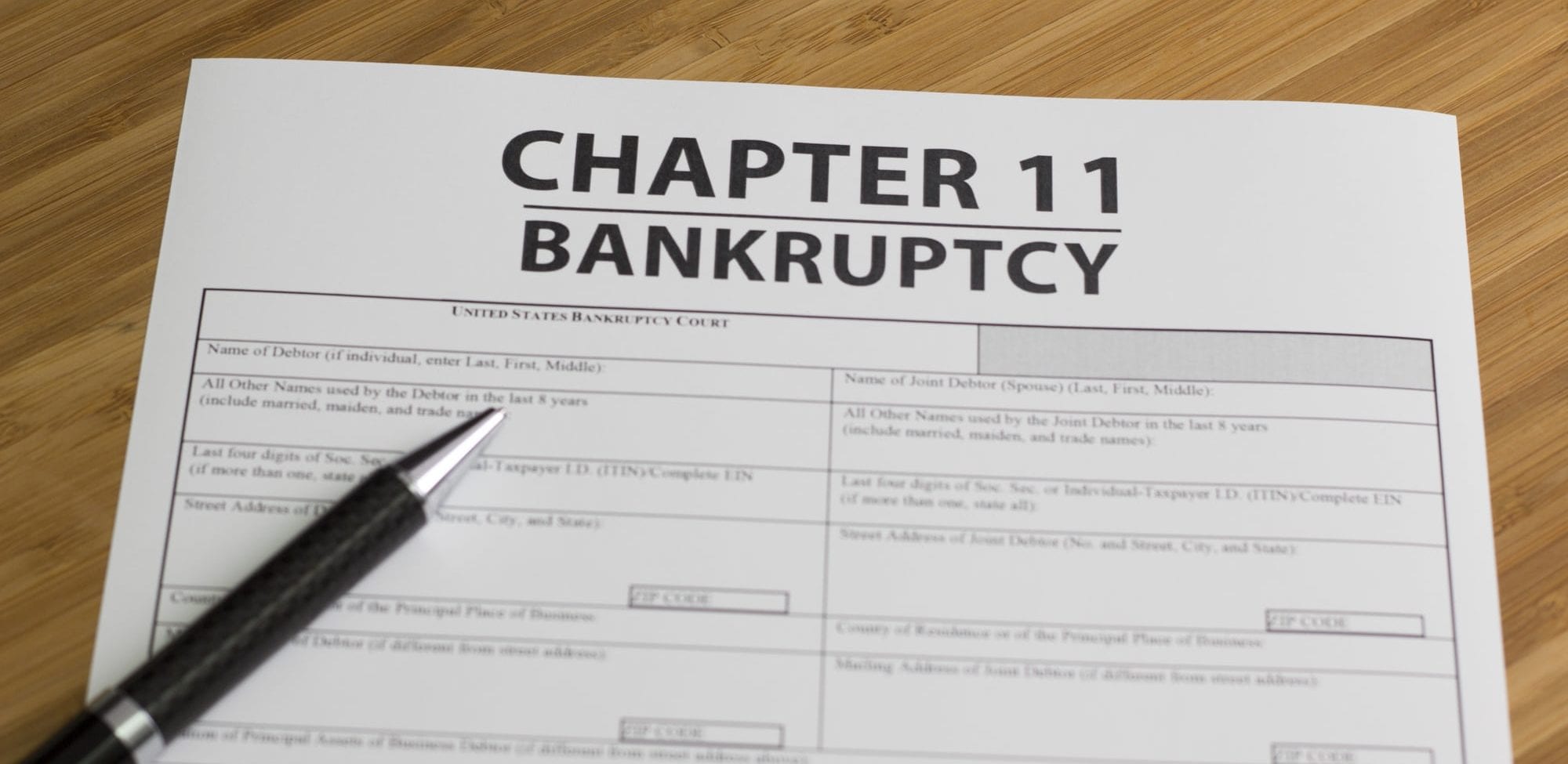If you’ve ever wondered about the intricate workings of insolvency, you’re in the right place. In this comprehensive guide, we’ll delve into the ins and outs of the insolvency process, exploring its various facets, from understanding what it means to the steps involved.
Understanding Insolvency
Insolvency is a legal status or financial state of an individual or entity that is unable to meet its financial obligations. This can manifest in various forms, such as being unable to pay debts when they are due, having liabilities exceeding assets, or facing challenges in generating sufficient revenue to cover operational costs. Insolvency isn’t limited to individuals; it can also affect businesses, organizations, and even governments.
When insolvency strikes, it often necessitates a formal legal process to address the financial issues at hand. This process aims to distribute the available assets fairly among creditors and, if possible, rehabilitate the financially distressed party.
The Insolvency Process: Step by Step
- Filing for InsolvencyThe insolvency process typically begins when an individual or entity files a petition with the appropriate legal authority. This filing can be initiated voluntarily by the debtor (voluntary insolvency) or involuntarily by creditors (involuntary insolvency). The specifics of this step vary by jurisdiction.
- Automatic StayUpon filing, an automatic stay comes into effect, which puts a halt to most creditor actions, including collection efforts, lawsuits, and foreclosures. This temporary reprieve provides the debtor with a breathing space to reorganize their finances.
- Appointment of an Insolvency PractitionerIn many cases, an insolvency practitioner is appointed to oversee the process. They will assess the financial situation, develop a repayment plan or strategy, and work towards maximizing the returns for creditors.
- Creditors’ MeetingA meeting is typically held where creditors can discuss the proposed insolvency plan and vote on it. The plan might involve restructuring the debt, selling assets to repay creditors, or complete liquidation, depending on the circumstances.
- Plan ImplementationIf the proposed plan is approved, it is put into action. This may involve selling assets, restructuring debt, or making periodic payments to creditors. The goal is to satisfy creditors to the best extent possible.
- Discharge or ClosureOnce the terms of the plan are successfully completed, the debtor may be discharged from certain financial obligations or granted a fresh start. The insolvency process is then considered closed.
1. What’s the difference between bankruptcy and insolvency?
Insolvency is a financial state where an individual or entity cannot meet their financial obligations. Bankruptcy is a specific legal process that addresses insolvency, involving the distribution of assets among creditors and potential discharge of debt.
2. Can businesses recover from insolvency?
Yes, businesses can recover from insolvency. This often involves a comprehensive restructuring plan, selling assets, and negotiating with creditors. A successful recovery can help the business regain financial stability.
3. What happens if I don’t file for insolvency when I’m insolvent?
If you fail to address your insolvency, creditors can continue their collection efforts. This may lead to legal actions, asset seizures, and financial distress. Filing for insolvency can provide legal protection and a structured approach to resolving your financial issues.
4. Is insolvency the same as liquidation?
No, insolvency and liquidation are not the same. Insolvency is a financial state, while liquidation is one possible outcome of the insolvency process. Liquidation involves selling assets to repay creditors and winding down a business or individual’s financial affairs.
Conclusion
Understanding the insolvency process is essential when facing financial difficulties or dealing with an insolvent entity. It’s a structured legal procedure that can offer relief to debtors, protect their assets, and provide a fair system for creditors to recover their dues. Whether you’re an individual struggling with personal debts or a business owner facing financial challenges, knowing the ins and outs of the insolvency process can help you make informed decisions and work towards financial stability. Remember that seeking professional advice from an insolvency practitioner or attorney is often a wise step when navigating the complexities of insolvency.







